5 Free Gamified Math Lessons for Teaching With Augmented Reality
Students learn experiential geometry and pre-algebra in both English and Spanish using interactive 3-D models and activities in the McGraw Hill AR app.
Published 10-06-23
Submitted by Verizon
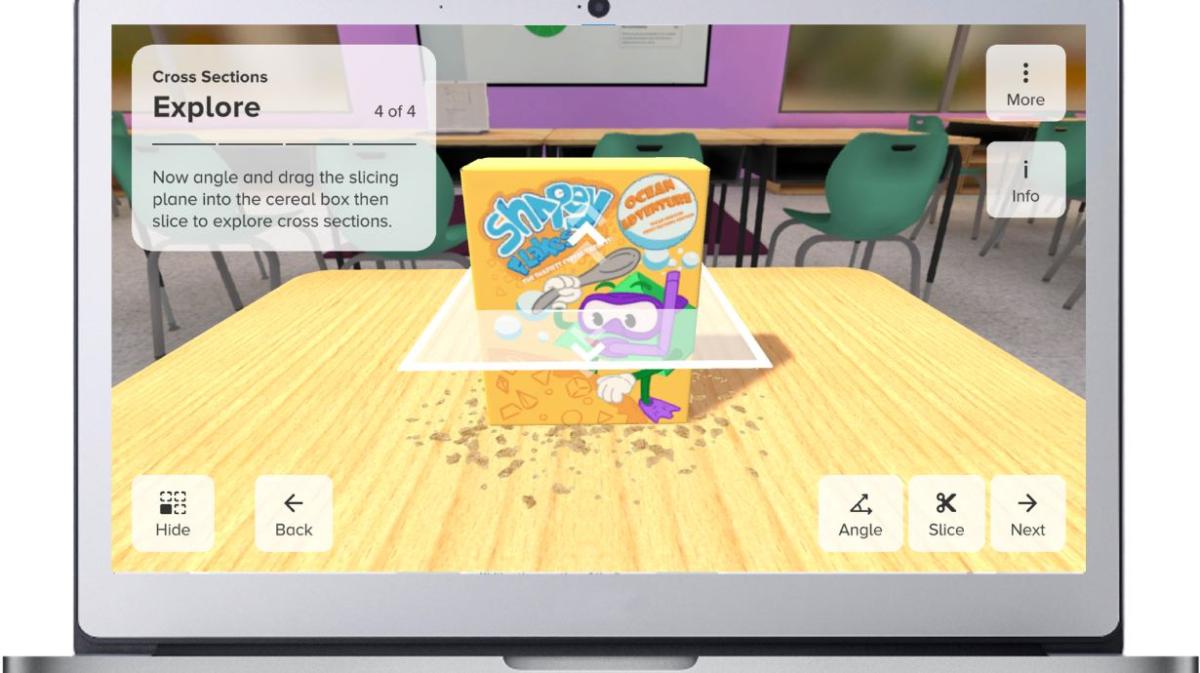
Imagine learning how to determine the slope of a right triangle by sending your own tiny skier down ski trails or by setting up skateboard ramps for a virtual skater to jump. That’s the future of math learning, thanks to augmented reality (AR).
“Using AR helps make difficult content more digestible, so students can develop conceptual understanding,” says Sylvia Diaz, superintendent in residence at McGraw Hill. “Because it’s experiential and hands-on, the app helps make the abstract and the complex simpler.”
Using augmented reality features of the McGraw Hill AR app, available through Verizon Innovative Learning HQ, educators can bring 10 math concepts to life on their students’ smartphone or tablet. Students can view and manipulate shapes and use animations to help them visually understand mathematics.
Increased student engagement and excitement are the primary goals for embracing innovative tech curricula in the classroom, Diaz explains. “Getting students to feel like they are good learners and have the capacity to learn and grow, even when things are challenging, is half the battle,” she says. “These types of applications bring joy into the environment. Kids get that feeling of success and accomplishment.”
Renee Dawson, an educational technology specialist for Atlanta Public Schools and Verizon Innovative Learning Schools Coach, agrees. When she introduced the app to students, Dawson says, they were immediately drawn to the gamification of mathematical concepts and the app’s ability to bring difficult concepts to life. “Teachers see the benefits of this technology, too,” she says. “It lets them be creative in the classroom, which is a big motivator.”
Diaz says that having materials for Spanish-speaking students, such as activities, student resources and worksheets in Spanish, is extremely valuable, too. “They empower students to strengthen their academic language and help them share information with their family about what they’re learning,” Diaz says. These Spanish-language materials are exclusively available on Verizon Innovative Learning HQ.
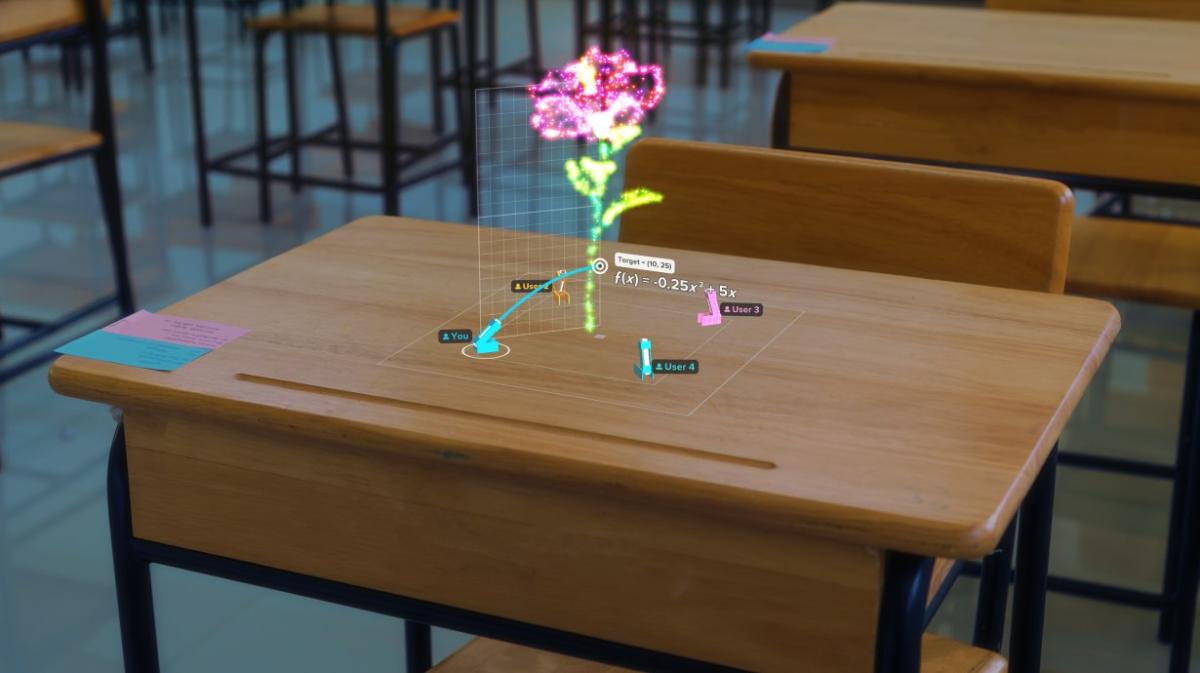
5 free math lessons to let your students explore on the app
- Slope: In this activity, students determine the slopes of ski trails; they can also set the slopes of skateboard ramps for virtual riders. From there, students move on to calculate the slopes of triangles.
- Growth functions: Students compare the growth rates of linear, quadratic and exponential functions by evaluating the differences between terms in sequences and deciding if the growth is constant, accelerating or exponential. Students can see this growth in the form of dozens (and then thousands) of rabbits jumping out of a magician’s hat.
- Reflections: Students manipulate the line of reflection in the AR environment and observe its impact on the reflected image.
- Solve equations: In this activity, students balance a scale to solve linear equations. The objective is to solve equations of the form y = x + b and y = mx, where m and b are whole numbers.
- Graph theory: Students will identify Euler paths and, by making bridges for a pirate on a deserted island, determine when a Euler path does not exist for a given graph.
Learn more about the McGraw Hill AR app — as well as other free immersive education apps, hundreds of lessons and professional development courses that help K-12 educators learn new skills — by visiting Verizon Innovative Learning HQ.
"Using AR helps make difficult content more digestible, so students can develop conceptual understanding. Because it’s experiential and hands-on, the app helps make the abstract and the complex simpler.”
Sylvia Diaz, McGraw Hill
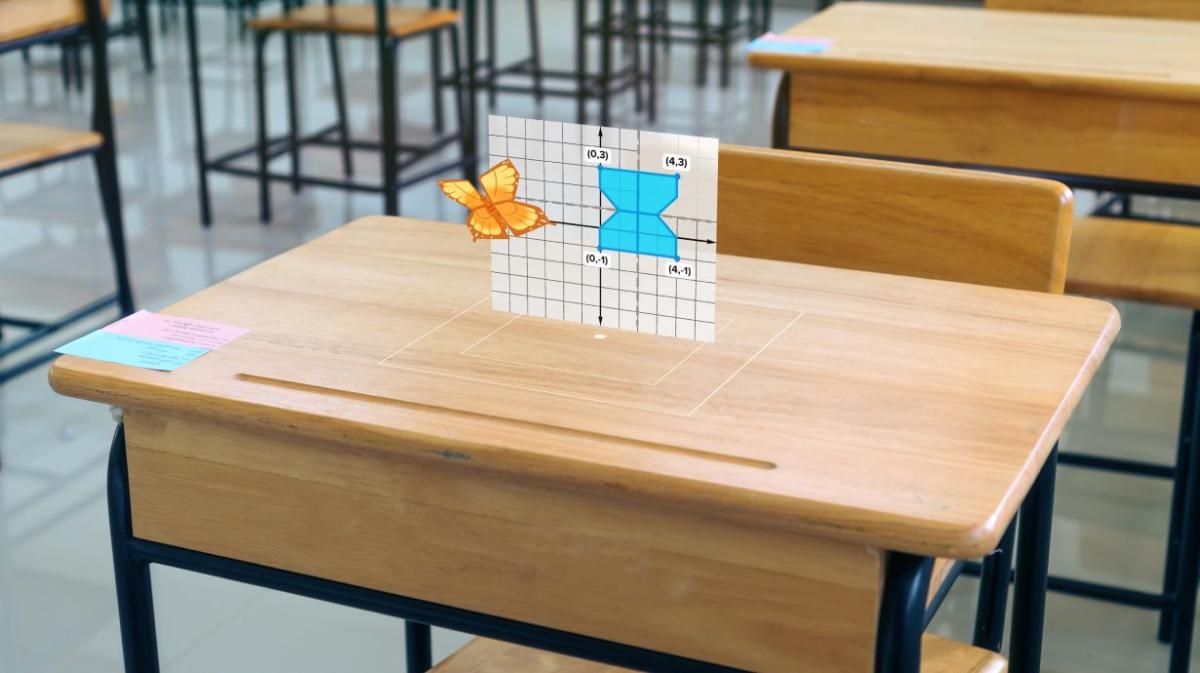
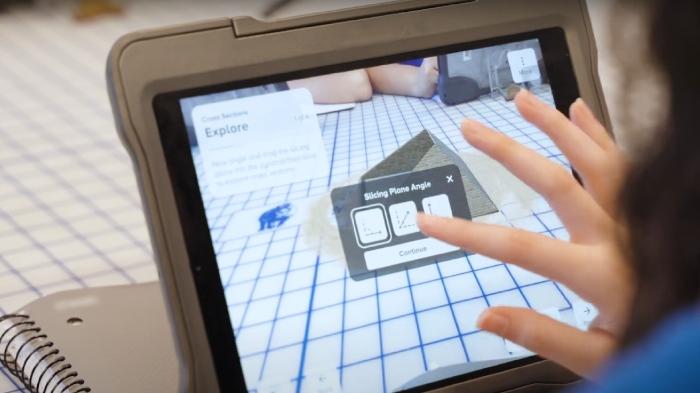
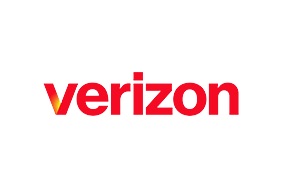
Verizon
Verizon
We’re committed to making the world better than yesterday.
It’s a pillar of our Corporate Credo and a passion of our employees. And it’s why we’re using our technology and our assets to help build a brighter future – for our customers, for our communities, and for the world around us.
From carbon abatement to disaster recovery to bringing tech education to underfunded schools, we’ve made some tremendous progress so far. And we’ve set ambitious goals to tackle some of today’s most pressing societal challenges as we work to build our shared future.
More from Verizon

